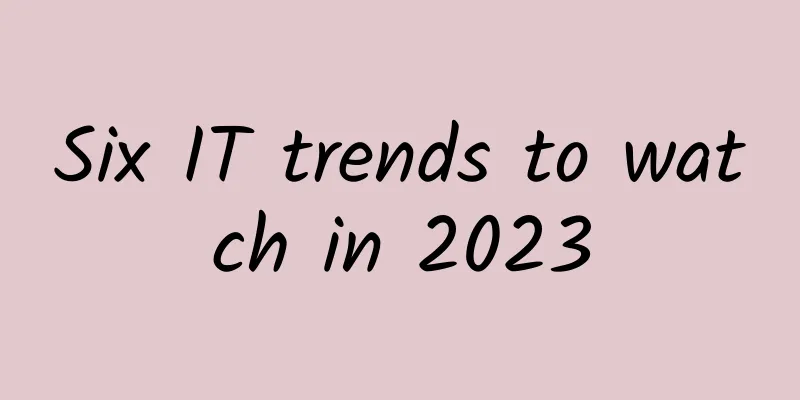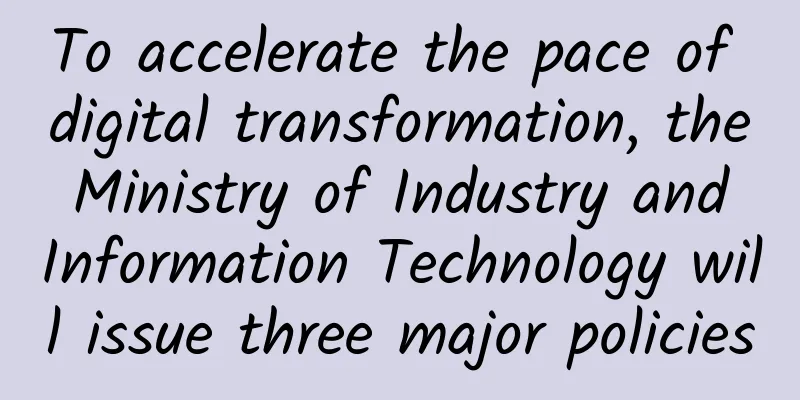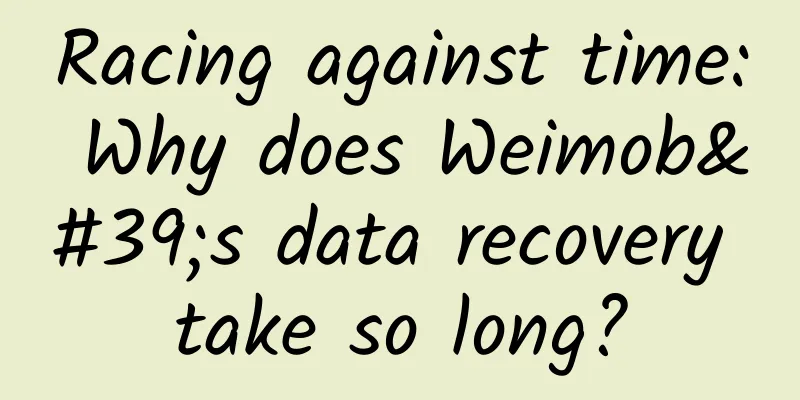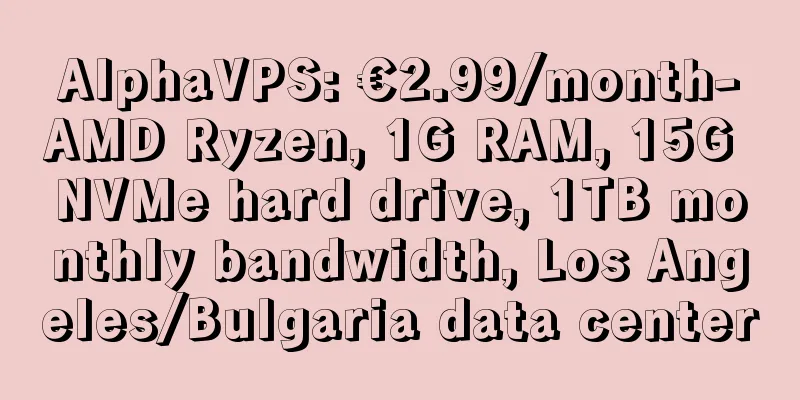6 Examples of How 5G Can Improve IoT Deployments
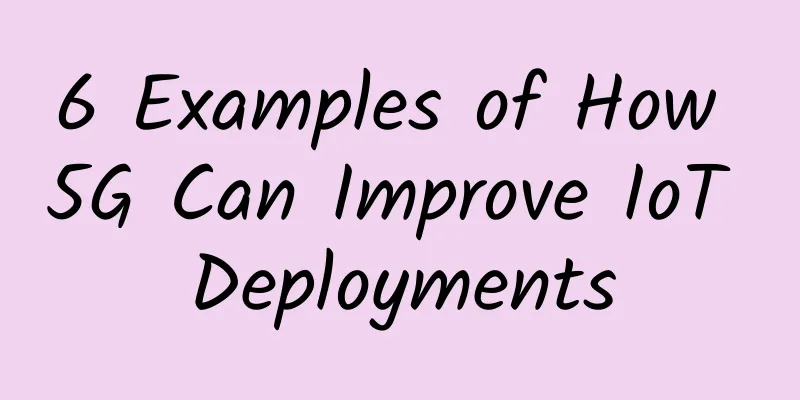
|
As digital transformation is in full swing, the number of connected devices is growing rapidly. IDC data predicts that by 2025, there will be 152,200 IoT devices connected every minute. While this will translate into more data and therefore more ways to improve efficiency, a strong network is necessary for this data exchange. The capabilities of fifth-generation wireless technology will not only support high-speed mobile communications, but will also make IoT data transmission more efficient. Let's contrast these features with the existing 4G network: 1. Higher bandwidth throughput 2. 100 times faster than the current network 3. 25 times lower latency (hysteresis) 4. The ability to support large-scale IoT communications. It is estimated that about 1 million IoT devices can be connected per square kilometer, which is a thousand times the current number. 5. Reduce power consumption by 90%, ensuring a battery life of up to 10 years for low-power IoT devices. 6. Provide network slicing capabilities. Simply put, network slicing means running multiple logical networks as actually independent operations on a shared physical infrastructure. Network slicing will give enterprises the flexibility to design their own network systems according to their needs, such as achieving low latency at higher bandwidth or connecting more devices at low latency. All these features enable 5G networks to adapt to the external environment, unlike previous networks with limited flexibility. Now that we understand the capabilities of 5G, let’s look at how it will revolutionize various fields when combined with the Internet of Things.
Smart Manufacturing5G will take Industry 4.0 to the next level. The large amounts of real-time data collected can improve quality control by identifying defects faster. The extensive mobility, low latency and high (mission-critical) reliability required for production automation and autonomous vehicle control in open-pit mining are only possible with ultra-reliable 5G networks. In addition, in manufacturing equipment, radio links from traditional network layouts are often blocked by metal structures and obstacles. Cellular-based positioning systems deploy multiple transmission/reception points (TRPs) within the facility, which can interact with the machine from different directions. Therefore, even if one path is blocked, the signal can come from other directions, creating signal redundancy and preventing communication interruptions. In the wind and solar sectors, IoT sensors and devices, along with artificial intelligence, are helping to improve productivity through advanced weather forecasting and analysis. Smart regulation mechanisms can automatically adjust control settings based on varying weather conditions. Smart grids will manage energy loads more efficiently. Energy infrastructure planned based on regular data collected from IoT devices helps minimize downtime and energy costs. All of this involves seamlessly transferring large amounts of data over the network with minimal latency. Maintenance (both predictive and preventive) will also gain greater efficiency with more data collection and lower latency. Supply ChainSupply chains require a lot of manual oversight, especially during movement from shipping to warehouses and within warehouses. 5G will enable individual product-level information through IoT-enabled sensors, rather than the vehicle-level details provided today. This will make it easier to track and trace shipments. For perishable products, conditions such as trailer temperature and humidity can be monitored remotely. Now, with 5G-enabled IoT trackers, inventory disposal, location, and rerouting will be done in real time. The combination of 5G and IoT will provide an end-to-end view of the entire supply chain. retail5G and IoT can improve the retail shopping experience by making it more personalized and contextualized. An AI-enabled fitting room with screens can suggest similar garments and matching accessories at the touch of a button. Customers can also talk to the salesperson and ask about other products, rather than awkwardly shouting through the door. IoT-enabled smart shelves can automate inventory management. They can provide real-time inventory data, build omnichannel customer relationships, and dynamically adjust prices based on demand. The high speed and throughput of 5G networks will make it possible to process such massive amounts of data. To understand an IoT-enabled automated store, let’s look at the Amazon Go store. It has no cashiers or checkout systems. Instead, shoppers must download an app and scan it upon entry. People can pick up any product and simply walk out. Once exiting, the app’s automatic payment is activated and a receipt for the purchase is emailed. The store has technologies like computer vision, deep learning, and shelf sensors that track what people pick up and what they place on the shelves. Smart CityThe basic premise of a smart city is the connectivity and automation of various resources, operations and services. Today, we use IoT devices in homes and commercial buildings. For smart cities, this technology should be extended to public sectors such as water, electricity, gas, waste management, traffic monitoring and even environmental services. 5G networks will process this data quickly. It will also help streamline the autonomous vehicle industry by enabling low-latency and high-reliability machine-to-machine communications. In 2012, the city of Barcelona, Spain, began to deploy IoT technology in its urban systems, including transportation, energy, water and waste management. By 2013, the number of Wifi hotspots increased by 62% to 670 hotspots with a maximum point-to-point distance of 100 meters, and the number of Wifi users doubled. In the energy sector, they installed 19,500 smart meters. The waste management system updated the smart trash cans to monitor the level of garbage stored by households and optimize the collection routes. They have modernized the transportation sector by digitizing bus stops and parking systems. The amenities include real-time updates on bus locations, USB charging stations, free Wifi, and information on city-related tools and apps. They have installed sensor systems at parking spots that help significantly reduce congestion and emissions. The streetlights have motion sensors to save energy. They remain dim and only brighten when they start moving. The lamp posts also provide free internet and collect data on the city's air quality. For watering the parks, they use sensors to monitor rainfall and humidity and determine how much water is needed. A remotely controlled system of electrovalve delivers this amount of water throughout the city. Autonomous vehiclesFor autonomous vehicles to function properly, a large amount of data needs to be exchanged. Apart from tracking temperature, traffic, weather, and GPS location, information about pedestrians and street lights such as lamp posts also plays a vital role. While IoT-enabled sensors and devices will collect data, 5G networks will ensure that this data is efficiently transmitted to vehicles without any delays. In fact, in the future, vehicles will communicate with each other and traffic lights will no longer be needed. All of this requires the development of smart cities and widespread 5G networks. HealthcareFor healthcare, the amount of data generated is enormous. A single MRI scan or PET scan can be a huge file. In addition to this, there are other records such as medication details, vital signs, patient response to ongoing treatments, etc. Often, these records need to be shared between doctors and other medical professionals, which requires a network with high bandwidth and download speeds. Telemedicine is growing in popularity. A study by Market Research Future predicts that telemedicine will grow 16.5% from 2017 to 2023. While this is a boon for those with limited access to healthcare facilities, it requires a high-reliability and low-latency network to ensure the transmission of patient records and uninterrupted remote connectivity. Even patients with chronic diseases or those diagnosed after discharge from hospital can be remotely monitored through IoT-enabled wearable devices connected via 5G networks. This will provide mobility for chronic patients, free up hospital resources, and reduce the burden on doctors, while still actively monitoring them in real time. With the combination of 5G and the Internet of Things, the scope of augmented reality, virtual reality and spatial computing will be further improved. It will stimulate complex medical sensors to produce more information. For most service providers, end-to-end 5G infrastructure won’t be available on public networks until 2025-2030. But businesses are already starting to build 5G networks for specific uses and personal facilities to take advantage of the technology before the competition kicks in. So it may not be long before we see them in our daily lives in retail stores, grocery stores, vehicles, and even public infrastructure. |
<<: Network programming - starting from establishing a TCP connection
>>: Myanmar, indefinite Internet disconnection!
Recommend
Next-generation data center connectivity for 400G and beyond
[[393969]] The data center industry is experienci...
National Bureau of Statistics: The number of 5G terminal connections in my country has exceeded 200 million
At present, my country's 5G development is ac...
Overview of Honeynet Technology Based on SDN
The development of cloud computing and virtualiza...
New Infrastructure, New Healthcare, New FutureHuawei discusses the construction of smart hospitals in the new infrastructure era
[51CTO.com original article] As a representative ...
Mobile device management in the new era of 5G LAN
The emergence and innovation of enterprise-specif...
Token: How to reduce the traffic pressure of user identity authentication?
Many websites usually use the Session method to i...
How Businesses Can Implement IoT Solutions
While the Internet of Things is changing people’s...
TNAHosting: 12GB RAM and large hard disk OpenVZ monthly payment starts at $5, KVM annual payment starts at $15
TNAHosting is a foreign hosting company establish...
Is 2021 really the first year of 5G toB?
"Do you still believe in the light?" Th...
What role can fiber optic technology play in education?
In the ever-evolving field of education, technolo...
Let’s talk about edge computing from another perspective: the power supply pressure and computing power ratio are not high, is it over-hyped?
Edge computing has become increasingly popular in...
Research on automatic identification and optimization of network structure problems and joint analysis of tower resource merger
Author: Han Binjie and Liu Hongxing, unit: Hebei ...
3G, 4G, 5G, why do we need so many "Gs"?
This can happen with our phones receiving signals...
Replacing with a new one doesn’t work? Learn how to adjust the wireless router signal
Whether it is Tieba, Weibo or the discussion area...
